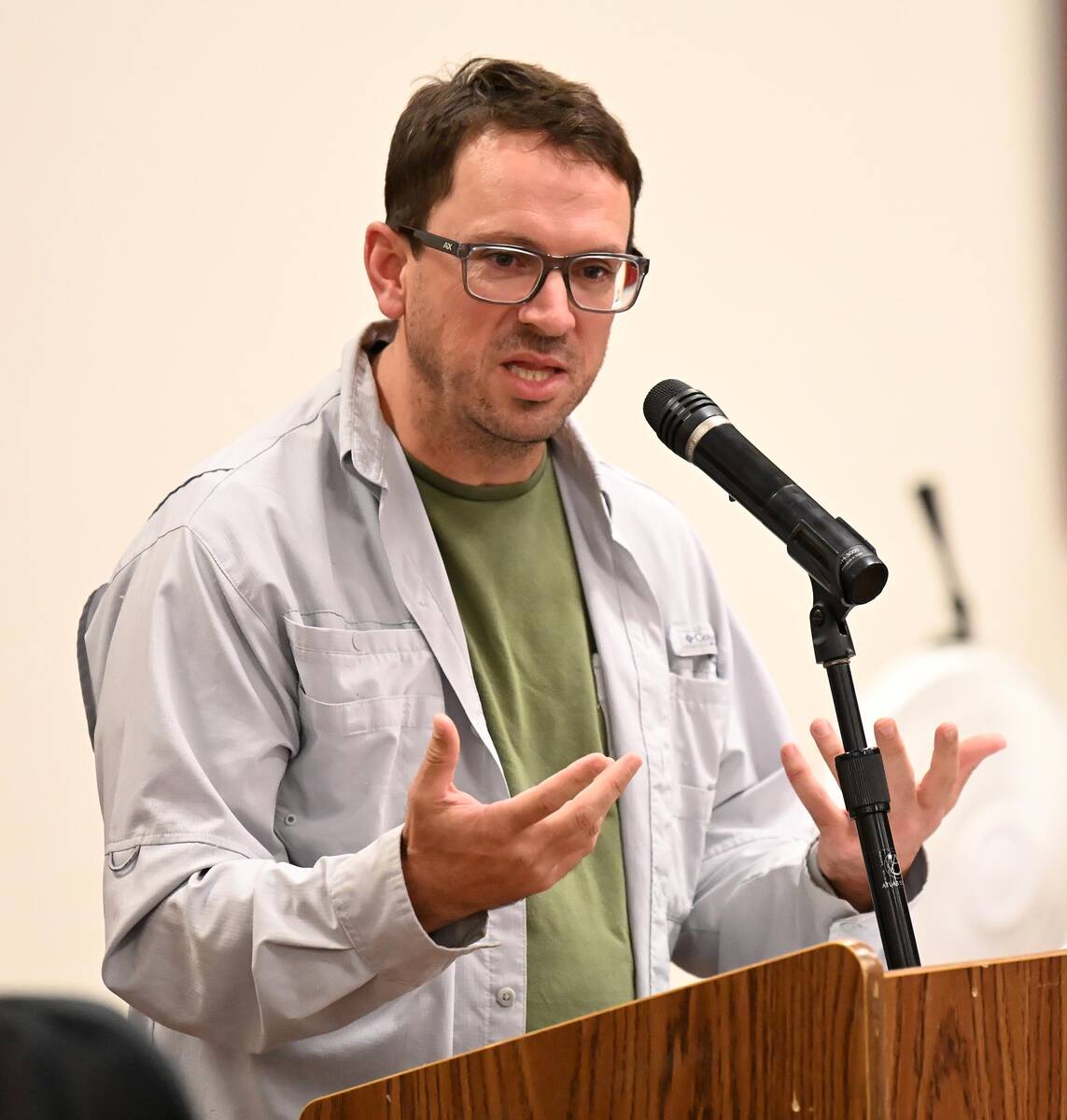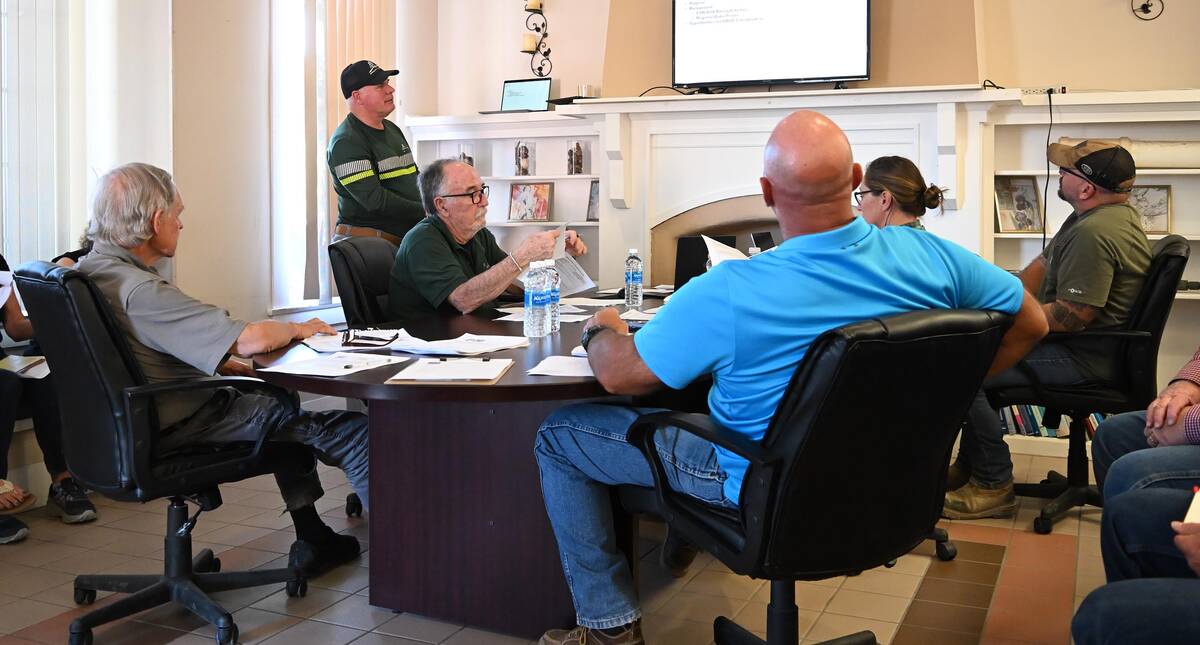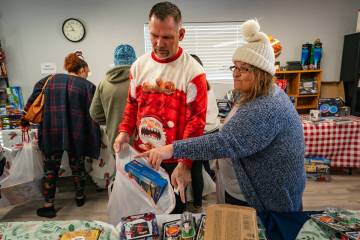Can Beatty “Live Long and Prosper”?
“Live long and prosper” is the well-known Vulcan parting phrase from Star Trek. The town of Beatty, Nevada is currently dealing with a balancing act seeking both prosperity and sustainability.
The Beatty area is blessed with an abundance of natural resources that are attracting companies looking to capitalize on them.
Nearby gold and lithium deposits are attracting mining companies.
Another important resource is an abundance of sunshine. A national expert speaking years ago at a conference in Beatty remarked, “To find a solar resource equal to what you have here you’d have to go to Africa.” That, along with a planned major electrical power line, is attracting utility-scale solar energy developers.
A natural resource of significant importance to Beatty’s economy is its picturesque, historic, and geologically interesting outdoor setting, making it a destination for off-road enthusiasts. Its proximity to Death Valley National Park and Rhyolite Ghost Town also make it a tourism destination.
The town has long opposed utility-scale solar development in the area, mostly to preserve local scenery and access to off-road recreation.
At its Sept. 23 meeting, the Beatty Town Avisory Board (BTAB) approved yet another letter to the BLM in opposition to solar development near Beatty and Rhyolite. Chair Erika Gerling remarked, “Filling up that valley with solar panels —that’s a recipe for killing a town.”
Mining and utility-scale solar both use significant amounts of another natural resource more precious in the desert than gold. That resource, of course, is water. And this is where the balancing act comes in—how to balance prosperity from mining, in particular, with protection of life-sustaining groundwater.
This question was forcefully brought to the Beatty Town Advisory Board’s attention at that Sept. 23 meeting by a presentation by Patrick Donnelly representing the Center for Biological Diversity (CBD).
Donnelly’s presentation asked, “As demands on groundwater increase, can the Endangered Species Act save the Amargosa River in Oasis Valley?”
A major underground river, the Amargosa flows through Oasis Valley and Beatty on its way to the far southern end of Death Valley, feeding numerous springs along its course.
The prospect of groundwater being used by mining and solar energy development provided CBD with the opportunity to once again petition for the Amargosa toad, along with the Oasis Valley speckled dace (a small fish) to be listed as endangered species.
This is the third time CBD has attempted to get the Amargosa toad listed as endangered. Previous petitions in 1994 and 2008 were denied.
“We’re well known for suing the government,” said Donnelly. “That’s what we do.”
After CBD’s first attempt, the BTAB formed a special Amargosa toad committee, and the town and local property owners took nationally applauded measures to create and preserve toad habitat. This was the key factor in getting the second attempt at listing denied.
There was also evidence that the study upon which the initial petition was based was flawed. That study’s population survey was supposedly conducted during daylight hours, and the toads are nocturnal.
The figures in Donnelly’s presentation regarding groundwater draw-down were conceded to be “intended to be illustrative, not exact,” and Anglo Gold Ashanti (AGA) representative Steve Yopps offered help in developing more accurate models.
Yopps also said that the company would set money aside to be used for preservation of groundwater.
Nature Conservancy representative Matt Rader, who lives on a spring-fed property north of Beatty, said the that the fate of groundwater keeps him up at night. He told of growing up in Pahrump and seeing the groundwater level there fall substantially from what it was when he was a child.
AGA speakers gave assurances that the company will use the most advanced and environmentally friendly techniques, and that the company is committed to protecting the quality of life in the area and to leave the community better than it was before they came.
They pointed out that their employees would become part of the community and would be concerned with local issues.
It was also noted that the half dozen or so gold mines proposed for the area would not all be in operation at the same time.
AGA’s use of groundwater was also a matter of discussion at the Sept. 25 meeting of the Beatty Water and Sanitation District (BWSD) Board, where Yopps gave a brief presentation on AGA’s options for groundwater acquisition and use.
AGA would like to lease, or preferably purchase, water rights that BWSD owns in Sarcobatus Flat north of Beatty, and would also like to lease some water rights in Oasis Valley.
The company needs an answer from the BSWD on the sale and lease by November in order to inform an investment decision by their Board of Directors.
AGA Senior Vice-President of Global Projects Sung-Joo Lee said that the North Bullfrog project is in competition for investment money with other projects around the globe. She also stressed the company’s core values in mining responsibly and sustainably.
Selling the Sarcobatus water rights and the land that goes with them was an easy decision by the board. The water rights and land were purchased by BWSD in 1995 in a desperate search for more water resource when the Barrick Bullfrog Mine had basically doubled the town’s population, straining the capacity of the BWSD’s wells and triggering a moratorium on new water hook-ups.
When that mine closed, the town’s population shrank, easing demand on the existing wells, and Barrick gifted its 1,500-foot-deep well to BWSD, greatly increasing the town’s available water.
BWSD, meanwhile, will lose the Sarcobatus Flat water rights in May 2025 if it cannot show beneficial use. So the sale will economically benefit BWSD and keep it from being stuck with land that would be worthless without the water rights.
The board assigned staff to begin the process of organizing the sale which, by law, will take the form of an auction.
Similar instruction was given regarding the lease of Oasis Valley water rights by AGA, but the vote to proceed on this matter was not unanimous.
Board member Amina Anderson voted no, based on her concern that not enough was known as of yet about the hydrology of the aquifers.
One option discussed by Yopps was the use of “non-consumptive” water use, which involves injecting water directly back into the aquifer, but this is a more costly method, adding to the cost of operations. This would, of course, make the project less attractive to the investors, Lee mentioned.
Richard Stephens is a freelance reporter living in Beatty.


















